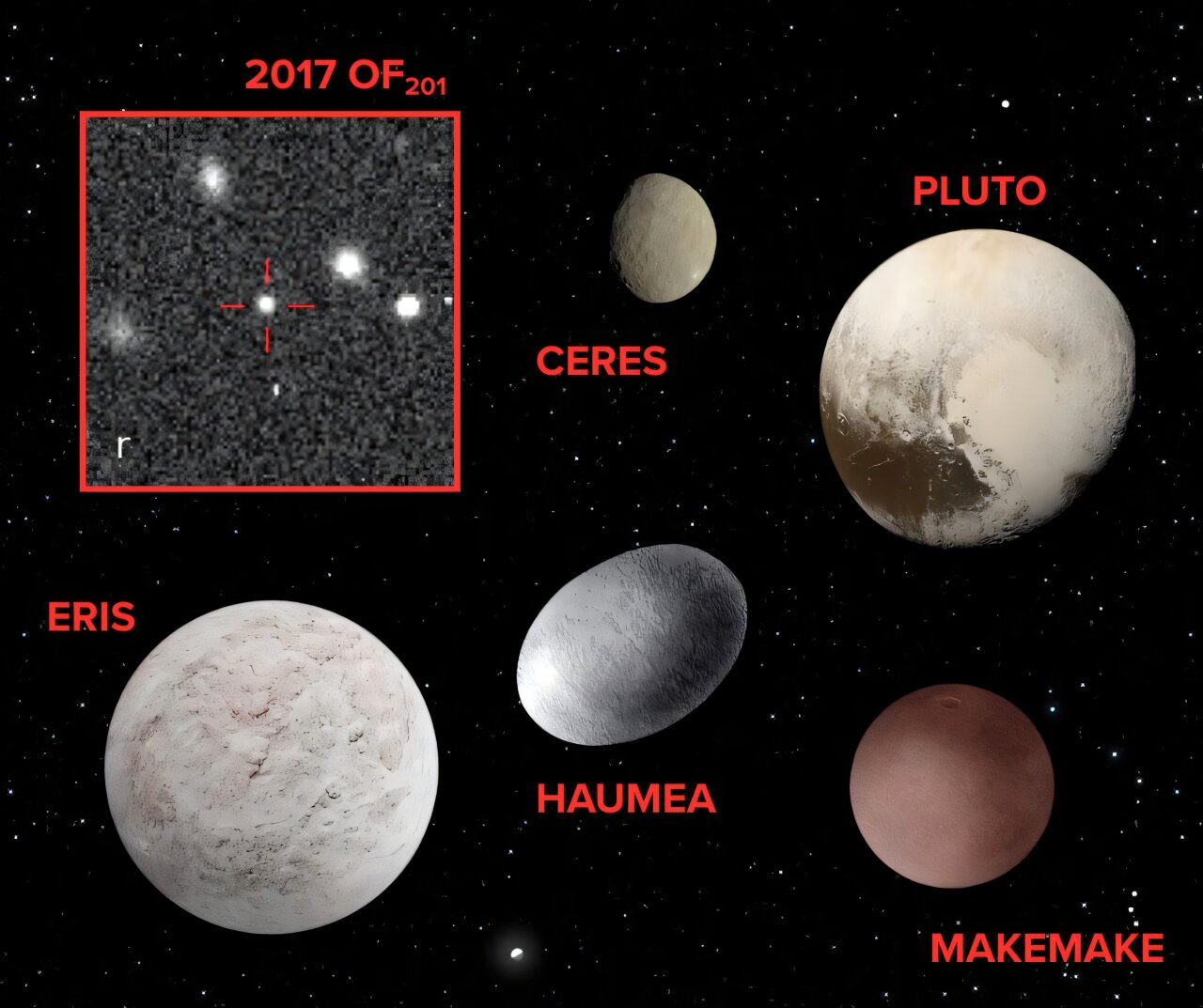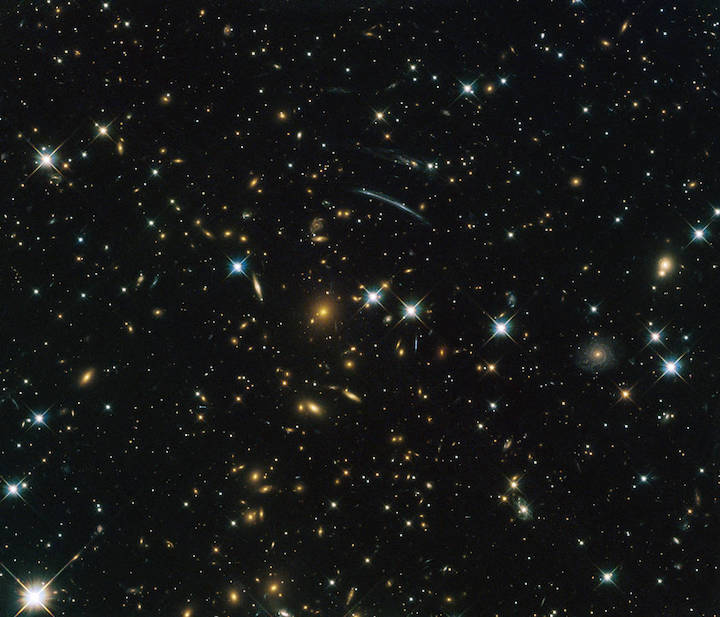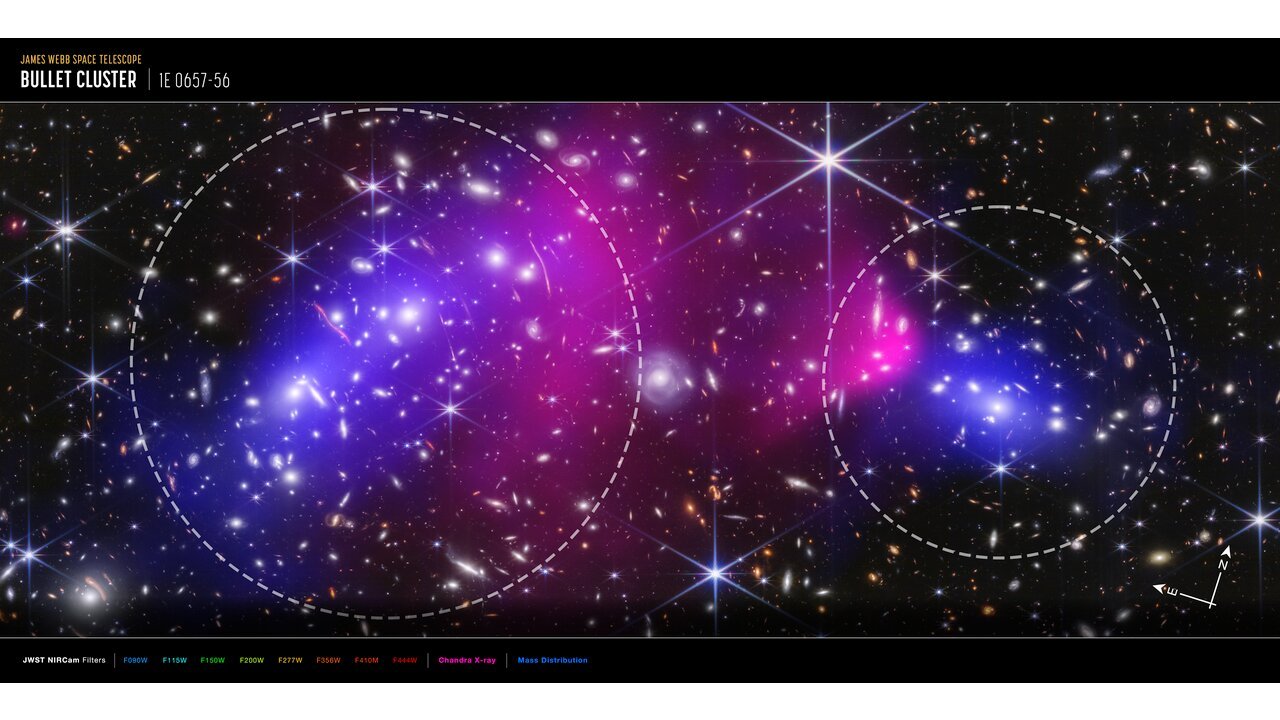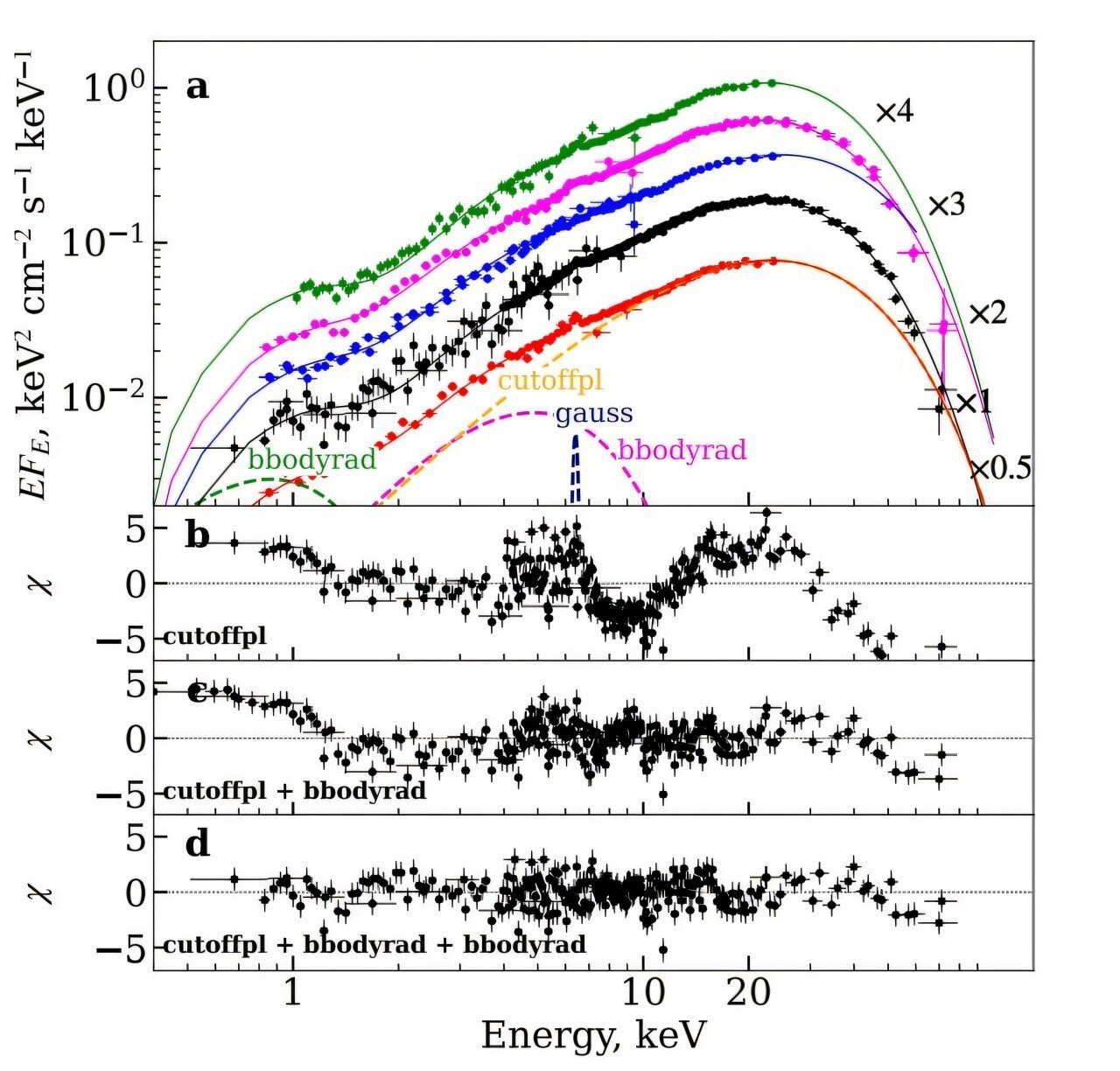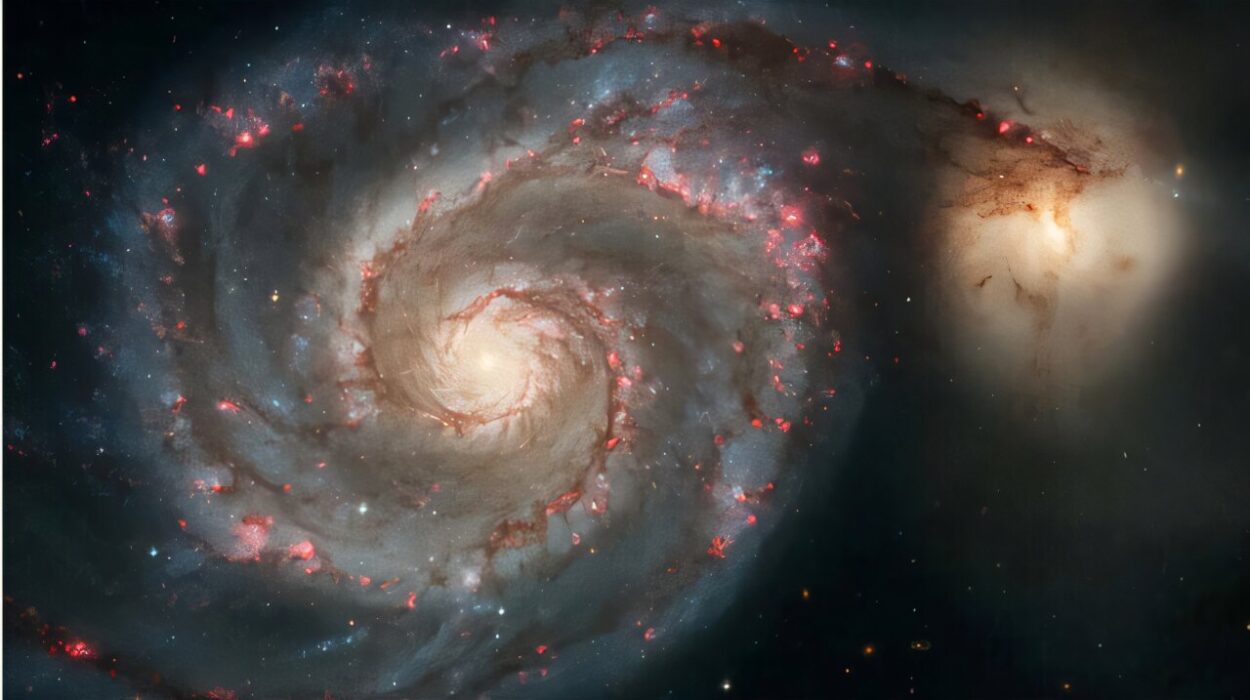On the outermost fringes of the solar system—far beyond the icy dominion of Neptune, in a region once thought nearly barren—a faint, wandering light has upended what astronomers thought they knew. That light, traced and confirmed after years of computational sleuthing, is 2017 OF201, a newly discovered trans-Neptunian object (TNO) that might just be rewriting the map of our cosmic neighborhood.
Identified by a team led by Sihao Cheng, Martin A. and Helen Chooljian Member in the Institute for Advanced Study’s School of Natural Sciences, along with Princeton University researchers Jiaxuan Li and Eritas Yang, 2017 OF201 isn’t just another icy remnant of planetary formation. This ghostly speck, invisible to all but the most persistent observers, has a wildly stretched orbit, a possible dwarf planet status, and potentially enormous implications for the long-theorized Planet Nine. The object’s formal announcement by the International Astronomical Union’s Minor Planet Center on May 21, 2025, marks not just a discovery—but the beginning of a new frontier in solar system exploration.
What Is 2017 OF201?
At its core, 2017 OF201 is a minor planet, a TNO, orbiting the Sun well beyond Neptune. But calling it “minor” feels like an injustice. At an estimated 700 kilometers in diameter—nearly one-third the size of Pluto—it’s big enough to potentially qualify as a dwarf planet. Its distant path is like something torn from a science fiction novel: the object’s aphelion (its farthest distance from the Sun) is more than 1600 times Earth’s orbital distance, while its perihelion (the closest point to the Sun) is about 44.5 times Earth’s orbit—comparable to Pluto’s.
That orbital track would take 2017 OF201 approximately 25,000 years to complete a single revolution around the Sun, making it one of the most extreme objects ever cataloged in the solar system. The scale of that orbit defies intuition: when this object began its current journey, Homo sapiens were carving symbols on cave walls during the Upper Paleolithic. When it completes one orbit, assuming humans are still around, we might be navigating the stars ourselves.
A Celestial Ghost Reveals a Crowded Outer Realm
For decades, astronomers thought they had a reasonably clear sense of the architecture beyond Neptune. The Kuiper Belt, home to Pluto, Eris, and other icy bodies, was understood to thin out at a certain distance. Beyond that? A vast emptiness stretching toward the Oort Cloud, where only a few long-period comets might pass.
But 2017 OF201 defies that view. Its orbit places it in the solar system’s twilight zone—a shadowy middle ground far beyond the Kuiper Belt yet not quite in the Oort Cloud. This discovery doesn’t just suggest the outer solar system isn’t empty—it implies it might be teeming with hidden worlds.
“We only detect 2017 OF201 because it happens to be in the tiny slice of its orbit that brings it close enough to reflect light toward our instruments,” Cheng explains. “It spends only about 1% of its time in this detectable range. If there’s one, there could be hundreds more—possibly even thousands—hidden in the dark.”
The Path to Discovery: Algorithms, Archives, and Persistence
In a time when billion-dollar telescopes are the darlings of discovery, it’s almost poetic that 2017 OF201 was found using data that had been sitting in open archives for years. The object was identified in 19 separate images, spread across seven years, from two observatories: the Victor M. Blanco Telescope in Chile and the Canada-France-Hawaii Telescope (CFHT) in Hawaii.
But recognizing the object among countless stars and noise required something beyond human eyes: computational ingenuity. Cheng developed a specialized, efficient algorithm to sift through astronomical images and track tiny moving spots that could represent TNOs. The algorithm examined all possible groupings of bright spots and searched for consistent movement patterns. In short: it hunted for ghosts in the digital deep.
Eventually, the team’s digital detective work converged on 2017 OF201. The data trail wasn’t just strong—it was elegant. The object’s slow, persistent movement through space betrayed a gravitational tale billions of years in the making.
A Clue in the Cosmic Puzzle of Planet Nine
One of the most tantalizing aspects of 2017 OF201 is what it doesn’t do: it doesn’t fit the patterns. Over the past decade, astronomers have noticed that many extreme TNOs seem to cluster in specific orientations in space. This odd arrangement has led to a radical hypothesis: the gravitational hand of a yet-undiscovered massive planet, sometimes called Planet Nine or Planet X, shepherding these bodies into formation.
But 2017 OF201 is an outlier. It ignores the apparent clustering. Its orbital orientation diverges sharply, throwing a curveball into the Planet Nine narrative.
“This doesn’t disprove Planet Nine,” says Li. “But it does complicate the picture. If more such outliers are found, we may need to rethink the evidence we’ve been relying on.”
Born in Chaos: The Gravitational Backstory
Where did 2017 OF201 come from? The team suspects a turbulent history involving gravitational pinball with the solar system’s giants—possibly more than once.
“It must have experienced close encounters with a giant planet,” says Yang. “That likely pushed it into a wide, elliptical orbit.”
But that might be only part of the story. Cheng suggests a more dramatic arc: “It’s possible this object was ejected all the way to the Oort Cloud, the vast halo of icy debris that surrounds the solar system. Then something—perhaps a passing star or a galactic tide—nudged it back inward.”
If true, that trajectory would mean this object has twice crossed the invisible boundary between the known and the speculative. First pushed to the edges of the solar system, then called back—like a celestial boomerang carrying secrets from the abyss.
From Pluto to Possibilities: How Big Is It Really?
With an estimated diameter of 700 kilometers, 2017 OF201 is likely spherical, meaning it has enough gravity to pull itself into a rounded shape—a key criterion for being designated a dwarf planet. Only one other object in such a wide orbit rivals it in size.
Yet, because the object is so faint and far, this diameter remains an estimate. It’s derived from how much light the object reflects—its albedo—and how bright it appears. More precise measurements may come from radio telescopes, which can detect thermal emissions and provide better size estimates.
Still, if confirmed, its status as a dwarf planet could make it a symbol of a broader truth: that the solar system is still in the process of revealing itself.
The Democratic Discovery: A Triumph of Open Science
Perhaps one of the most inspiring aspects of the 2017 OF201 story is how it was found. All the data came from public archives, available to anyone with the tools and curiosity to dig in. As Li puts it, “This shows that breakthroughs aren’t limited to massive observatories or secretive institutions. With the right code and creativity, even archival data can uncover new worlds.”
It’s a lesson in humility and possibility. Our solar system, while ancient and familiar, still holds untold mysteries. And those mysteries aren’t the sole domain of elite institutions—they are accessible to students, hobbyists, and citizen scientists.
In an era where collaboration and open access can supercharge discovery, 2017 OF201 stands as a testament to the power of shared data and persistent questioning.
The Frontier That Keeps Expanding
The discovery of 2017 OF201 is more than a footnote in a catalog of celestial objects. It is a challenge to the assumption that we know our cosmic backyard. It hints at a vast, cold, and dark region filled with objects too faint and slow to have been seen—until now.
And it forces us to reconsider the very structure of the solar system. Are there hidden populations of dwarf planets waiting to be discovered? Are some of them so large and distant that we’ve missed them entirely? Could there be another giant planet, yet unseen, tugging at the orbits of these icy wanderers?
Each of these questions echoes in the orbit of 2017 OF201, a lonely object tracing a path through silence. Its long voyage reminds us that the solar system is not a static collection of rocks and gas balls. It is a living system, shaped by gravity, chaos, and time—and it still has secrets to spill.
As Cheng and his team continue their search for distant worlds, one thing is clear: the solar system is far from fully explored. And the next discovery might be hiding not in the sky, but in the data, waiting for someone to ask the right question.
Reference: Sihao Cheng et al, Discovery of a dwarf planet candidate in an extremely wide orbit: 2017 OF201, arXiv (2025). DOI: 10.48550/arxiv.2505.15806
The announcement of the discovery was made by the International Astronomical Union’s Minor Planet Center on May 21, 2025. See their official announcement here: www.minorplanetcenter.net/mpec/K25/K25K47.html
